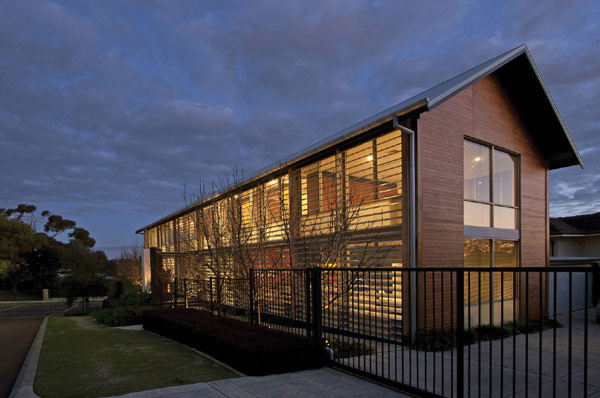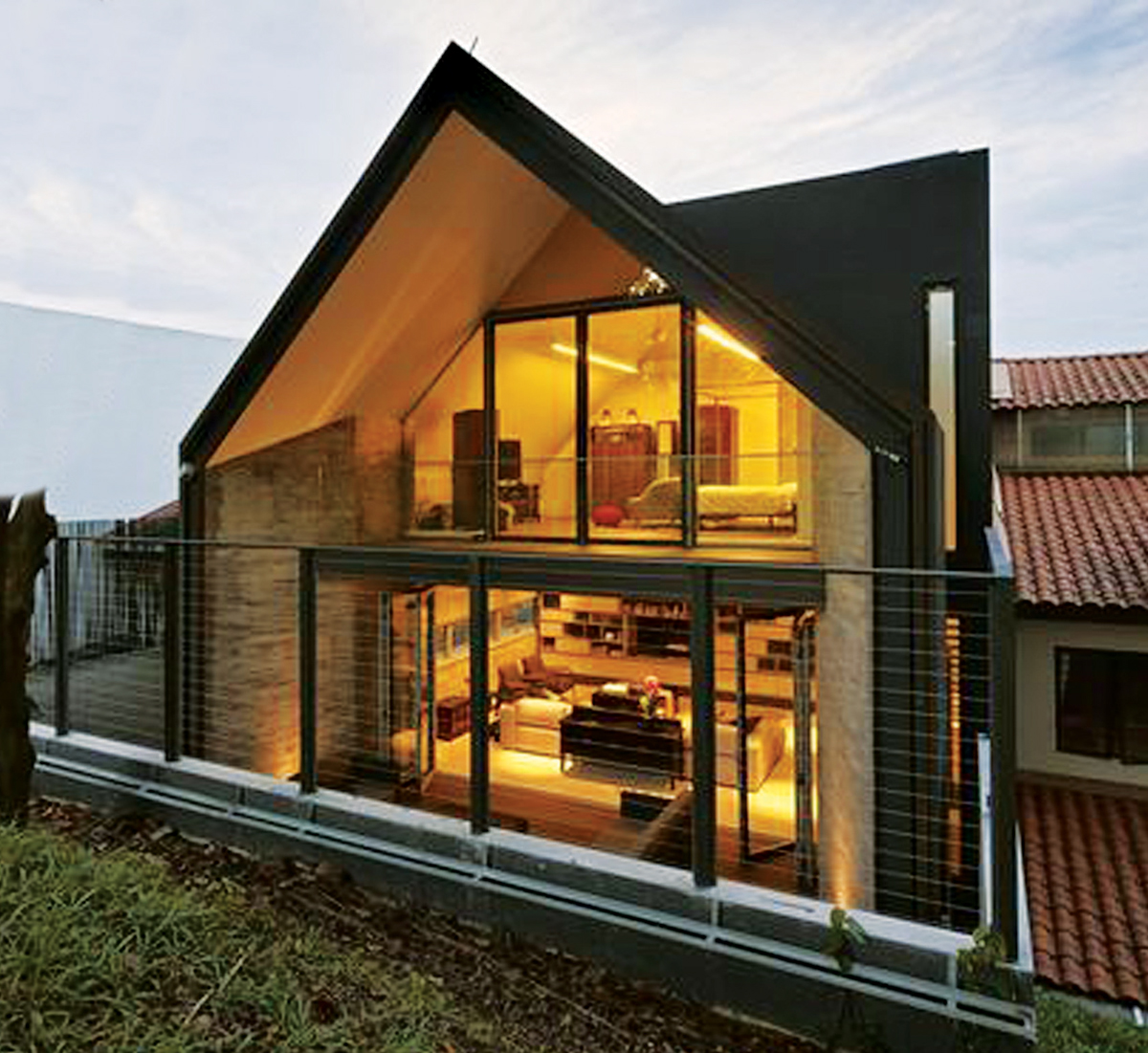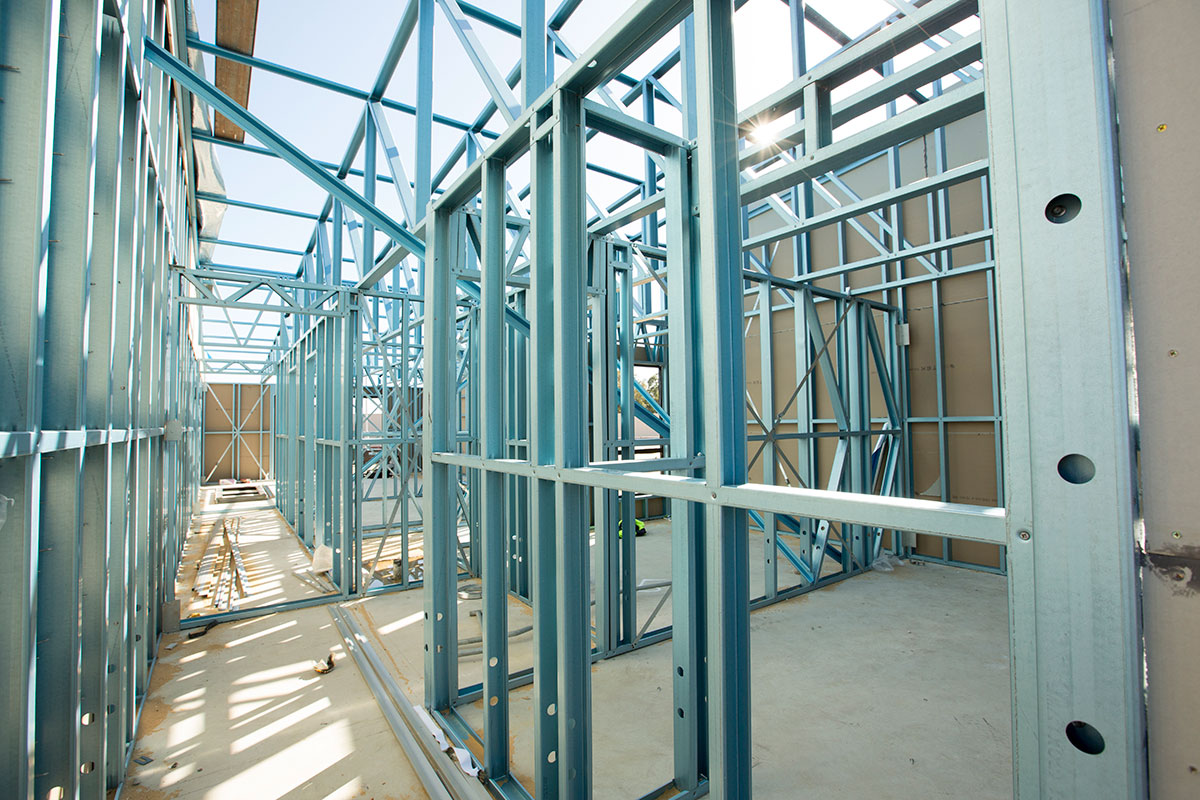
Steel frame building is a fully tried and tested product.
It is fully engineered and has been used extensively in both residential and commercial applications for many years. Below are some of the popular myths and misconceptions that exist around the use of steel frame construction.
Myth 1: Steel frames are noisier than other stud frames.
Studies conducted by CSIRO found that ‘most occupants of homes with steel frames either reported no sound emitted from the frame or said that if it did, it was not a problem’. Some even admitted to lower noise than timber framed houses. Our structurally engineered steel framing system will not rot, warp, twist, bow, shrink, split or settle. In fact, plaster or cornice cracking will be minimised because steel doesn’t change state during its lifespan.
Myth 2: Steel is more prone to lightning strikes, making it dangerous to live in.
Steel is a positive conductor to the earth with the energy conducted straight to the ground and not released destructively within the frame as in conventional framing or cladding.
Myth 3: Steel frames will rust over time.
CMI uses BlueScope Truecore which is protected against corrosion by a hot-dipped metallic coating of a zinc-aluminium-magnesium alloy. Truecore comes with a conditional 50 year warranty. In external applications such as roofing where these products are exposed to the elements, they have excellent durability, while weathering more slowly in less exposed applications such as inside the building envelope. Where there are cut edges, the galvanic action or sacrificial protection of the coating protects the exposed steel edge against corrosion.
Myth 4: Steel contracts and expands with temperature changes.
Thermally induced movement is not an issue in properly constructed and insulated homes. Everything expands and contracts with heat and cold; however, steel products have a far closer rate of expansion than wood and plasterboard, virtually eliminating plaster cracks. Steel is additionally not susceptible to moisture, unlike wood, which swells and contracts on exposure. Steel is the preferred framing material in thextreme climate of North-West Western Australia, for example, where temperatures can vary more than 40 degrees Celsius in a single 24-hour period along with humidity.
Myth 5: Light gauge steel frame can’t be safe when exposed to a live electric wire.
LGS frames are safe because they are earthed. All new houses are required to be fitted with circuit breaking safety devices in order to reduce the chances of the occupants touching anything live. In the event a wire makes contact with a steel frame, it instantly trips the residual current device. Conversely, a damaged or pierced wire in a timber frame can remain live and leak current, causing problematic faults and creating a fire risk.
Myth 6: A steel frame can interfere with radio and television reception.
Electro-magnetic waves can diffract around steel just as easily as timber. Waves pass through the spaces between the studs, allowing the use of all household appliances without any interference.
Myth 7: A steel frame interferes with Wi-Fi and mobile reception.
Steel frame is in wide use and has had no reports of interference with Wi-Fi and telephone signals in buildings featuring steel framing systems.



